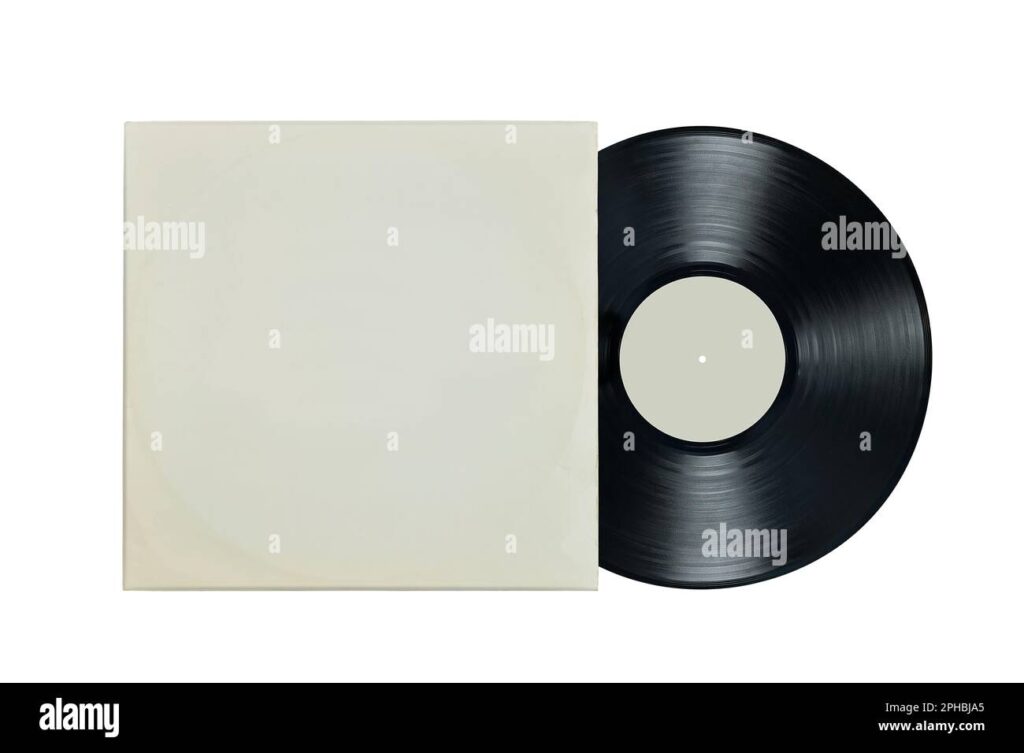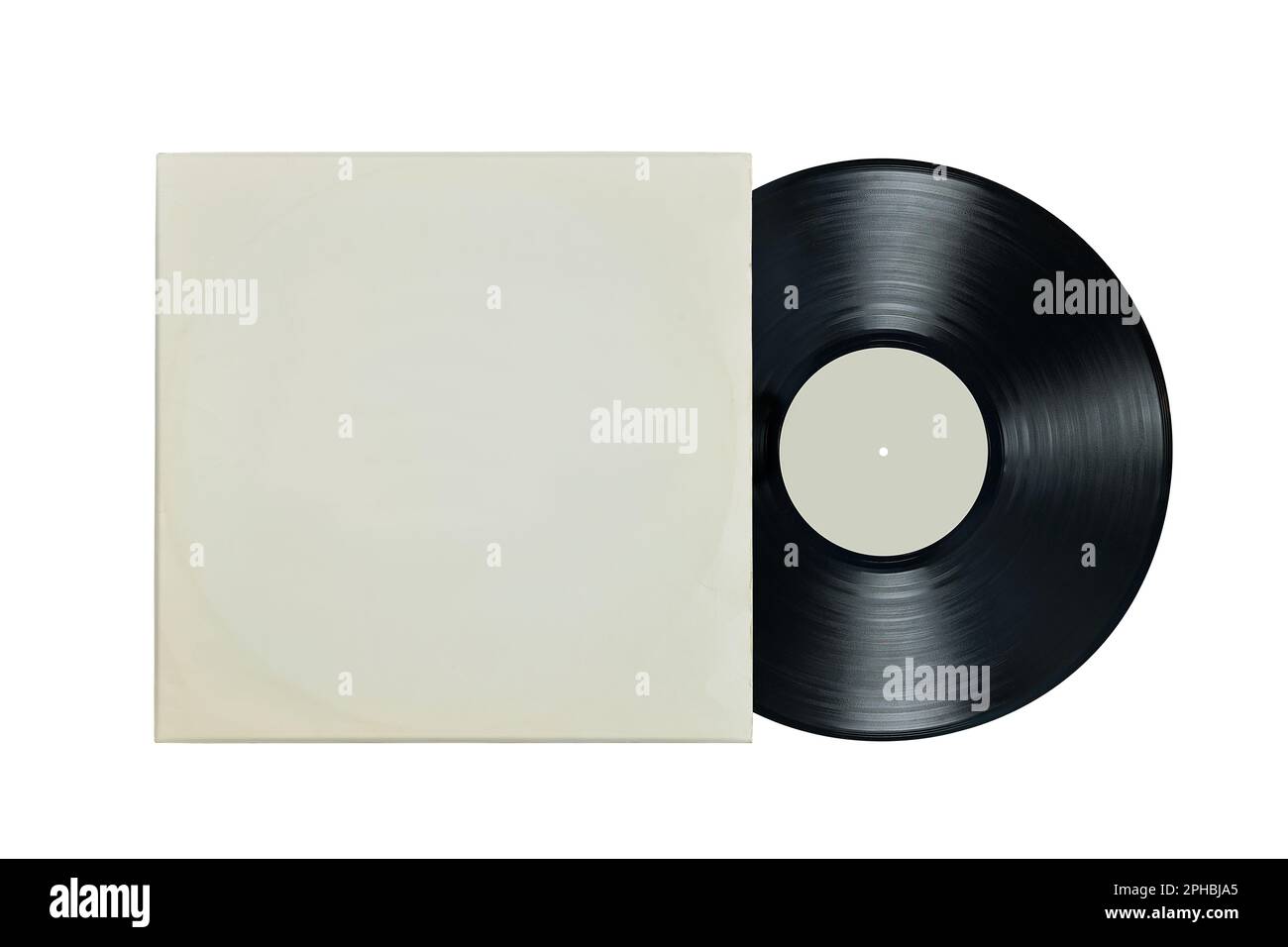
The Art and Evolution of the Music Sleeve: More Than Just Packaging
The music sleeve, often overlooked, is far more than just packaging for a record or CD. It’s a canvas for artistic expression, a historical artifact, and a crucial element in the overall experience of consuming music. From iconic album covers to the humble protection of vinyl records, the music sleeve has played a significant role in shaping music culture. This article explores the evolution of the music sleeve, its artistic significance, its impact on music history, and its enduring appeal in the digital age.
The Humble Beginnings of the Music Sleeve
In the early days of recorded music, functionality reigned supreme. Records, typically fragile shellac discs, needed protection from dust, scratches, and breakage. The earliest music sleeves were often simple paper envelopes, offering minimal protection and little in the way of visual appeal. These plain sleeves served a practical purpose, preserving the integrity of the record for playback. As record technology advanced, so too did the music sleeve, slowly evolving from a purely functional item to one with artistic merit.
The Rise of Album Art
The introduction of the long-playing (LP) record in 1948 marked a turning point for the music sleeve. The larger format provided ample space for artwork, transforming the sleeve into a miniature billboard. Artists and designers began to recognize the potential of the music sleeve as a powerful marketing tool and a medium for artistic expression. Record labels started investing in high-quality artwork, commissioning renowned artists and photographers to create visually stunning covers.
Iconic Album Covers and Their Impact
Certain album covers have transcended their original purpose, becoming iconic symbols of their respective eras. Think of The Beatles’ “Sgt. Pepper’s Lonely Hearts Club Band,” with its elaborate collage of historical figures, or Pink Floyd’s “The Dark Side of the Moon,” featuring the prism dispersing light. These music sleeves are not just packaging; they are works of art that have become deeply ingrained in popular culture. The imagery on these sleeves often reflects the themes and moods of the music within, enhancing the listening experience and solidifying the artist’s identity.
The Evolution of Design and Materials
Over the years, the design and materials used for music sleeves have undergone significant changes. From simple paper sleeves to elaborate gatefold designs, the music sleeve has constantly adapted to meet the needs of the market. The use of cardboard, plastic, and other materials has provided greater protection for records and CDs, while advancements in printing technology have allowed for more intricate and vibrant artwork. The gatefold sleeve, in particular, offered artists a larger canvas to work with, often including lyrics, liner notes, and additional artwork.
The CD Era: A Shrinking Canvas
The advent of the compact disc (CD) in the 1980s brought about a significant change in the size and format of the music sleeve. The smaller CD case offered less space for artwork, forcing designers to adapt their approach. While some embraced the challenge, creating innovative and visually appealing CD covers, others lamented the loss of the larger LP format. Despite the smaller size, the CD music sleeve continued to serve its purpose of protecting the disc and providing information about the music.
The Digital Age and the Future of the Music Sleeve
In the digital age, with the rise of streaming services and digital downloads, the physical music sleeve has faced an existential threat. Many music consumers no longer purchase physical copies of albums, opting instead for the convenience of digital music. However, the music sleeve has not disappeared entirely. Vinyl records have experienced a resurgence in popularity, with many music lovers appreciating the tangible experience of owning and listening to vinyl. [See also: Vinyl Record Collecting: A Beginner’s Guide] This resurgence has helped to keep the art of the music sleeve alive.
The Enduring Appeal of Physical Media
Despite the convenience of digital music, many music enthusiasts still value the physical ownership of records and CDs. The music sleeve plays a crucial role in this experience, providing a tangible connection to the music. Holding a physical album, admiring the artwork, and reading the liner notes can enhance the listening experience in a way that digital music cannot replicate. The music sleeve also serves as a collector’s item, with rare and limited-edition sleeves often fetching high prices in the collectors’ market.
Music Sleeves as Collectibles
The world of music sleeve collecting is a vibrant and passionate one. Collectors seek out rare and unusual sleeves, often paying significant sums for them. Factors that contribute to a sleeve’s value include its condition, rarity, and the artist or designer involved. Some collectors specialize in specific genres or artists, while others focus on particular design styles or printing techniques. The music sleeve, in this context, becomes more than just packaging; it becomes a valuable piece of art and a tangible piece of music history. [See also: The Most Valuable Vinyl Records of All Time]
The Art of the Music Sleeve: A Closer Look
The creation of a compelling music sleeve involves a complex interplay of artistic vision, technical expertise, and marketing savvy. Designers must consider the target audience, the themes of the music, and the overall image of the artist. The artwork must be visually appealing, informative, and consistent with the artist’s brand. The choice of typography, colors, and imagery all contribute to the overall impact of the music sleeve.
The Role of Graphic Designers and Artists
Many renowned graphic designers and artists have contributed to the art of the music sleeve. From Andy Warhol’s iconic cover for The Velvet Underground & Nico to Peter Saville’s minimalist designs for Joy Division, these artists have helped to elevate the music sleeve to a true art form. Their innovative and often groundbreaking designs have influenced generations of artists and designers. The collaboration between musicians and visual artists has often resulted in some of the most memorable and impactful music sleeves in history.
Typography and the Music Sleeve
Typography plays a crucial role in the overall design of a music sleeve. The choice of font, size, and layout can significantly impact the readability and visual appeal of the sleeve. Designers often use typography to convey the mood and style of the music, choosing fonts that complement the artwork and reflect the artist’s personality. The effective use of typography can help to create a cohesive and visually striking music sleeve.
Preserving Music History Through Sleeves
Music sleeves are not just pieces of packaging; they are also important historical artifacts. They provide a glimpse into the cultural and social context of the music they contain. The artwork, liner notes, and other information on the sleeve can offer valuable insights into the artist’s creative process, the themes of the music, and the historical events that influenced its creation. Preserving these music sleeves is essential for preserving music history.
Music Sleeves as a Reflection of Culture
The designs and styles of music sleeves often reflect the prevailing cultural trends and artistic movements of their time. From the psychedelic art of the 1960s to the punk aesthetic of the 1970s, music sleeves have served as a visual record of cultural change. Studying these sleeves can provide valuable insights into the history of art, design, and popular culture. The music sleeve, therefore, becomes a window into the past, offering a unique perspective on the evolution of music and society.
Conclusion: The Enduring Legacy of the Music Sleeve
The music sleeve has come a long way from its humble beginnings as a simple paper envelope. It has evolved into a powerful medium for artistic expression, a valuable collector’s item, and an important piece of music history. While the digital age has presented new challenges, the music sleeve continues to endure, reminding us of the tangible connection we have with music. Whether you’re a vinyl enthusiast, a CD collector, or simply someone who appreciates good design, the music sleeve offers something for everyone. Its legacy as a vital part of the music experience is secure, ensuring its continued relevance for years to come. As long as music exists, so too will the spirit of the music sleeve, in whatever form it may take. The art of the music sleeve is a testament to the enduring power of creativity and the enduring appeal of physical media. And in a world increasingly dominated by digital experiences, the tactile and visual richness of the music sleeve offers a welcome reminder of the beauty and artistry that can be found in the physical world.

